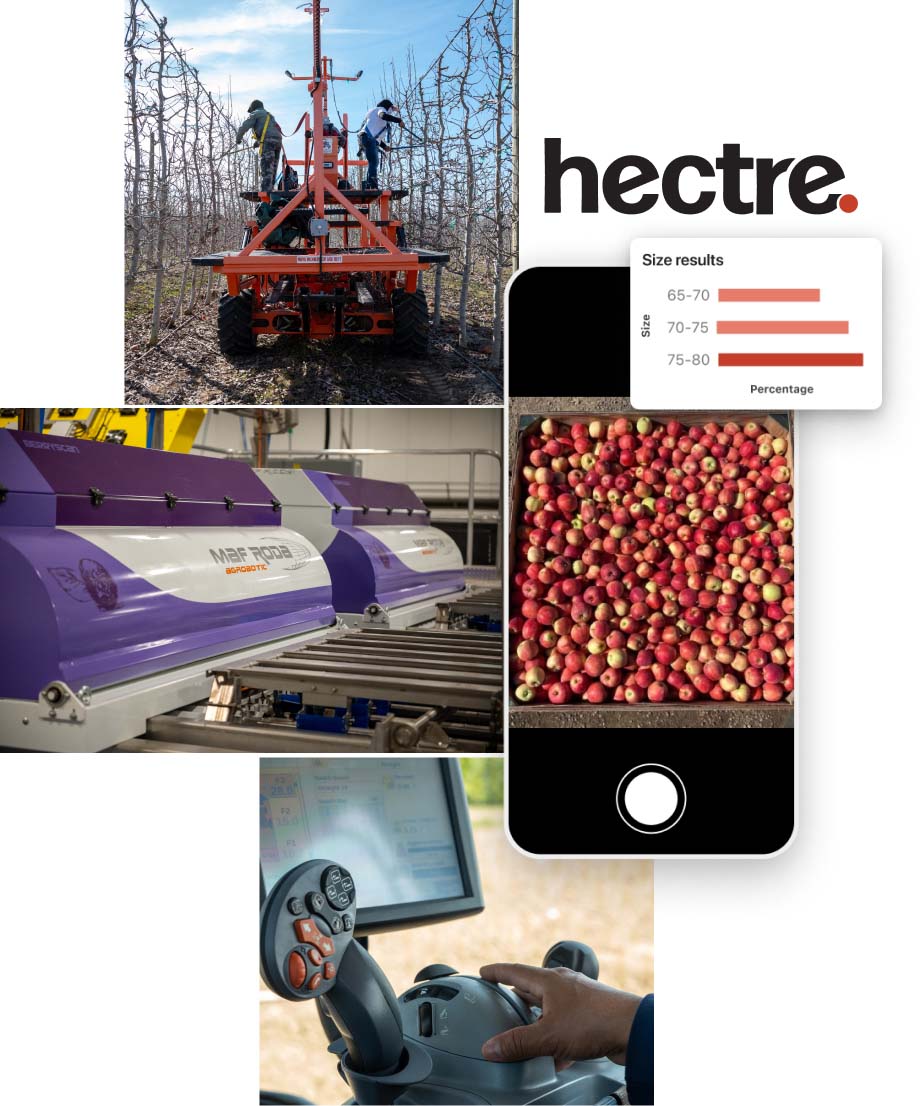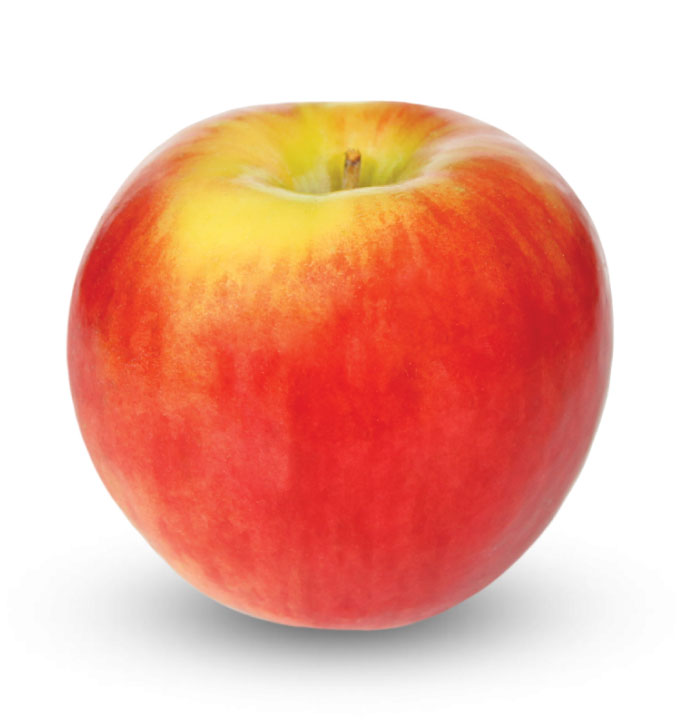Our Success Will Be Measured on How We Benefit Future Generations
At Superfresh Growers®, sustainability isn't just a box to check in a corporate boardroom—it's a forward-thinking foundational principle in everything we do. As a Pacific Northwest company we depend on a well-functioning natural world and understand our role as stewards of dynamic ecosystems and economies that depend on our leadership to stay in balance.
We prioritize cultivating biodiverse orchards, efficient resource management and innovative approaches to our material and warehouse operations.


Giga-Guru Recognition





Project Gigaton is an initiative to reduce or avoid one billion metric tons (a gigaton) of greenhouse gasses from the supply chain by 2030. Through our efforts, we have been consistently recognized as a leading supplier and have been able to avoid 25,662 metric tons of CO2 emissions in 2024 alone. Superfresh Growers committed to reducing our Scope 1 & 2 emissions by 10% before 2033.
Certifications
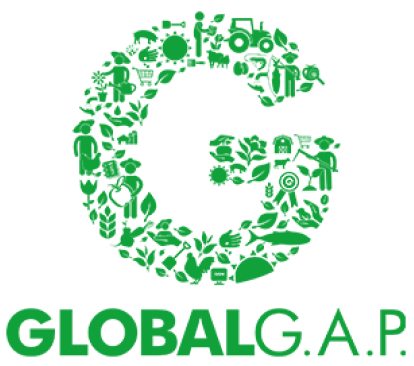
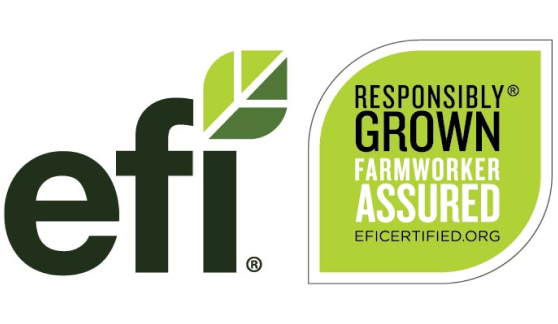

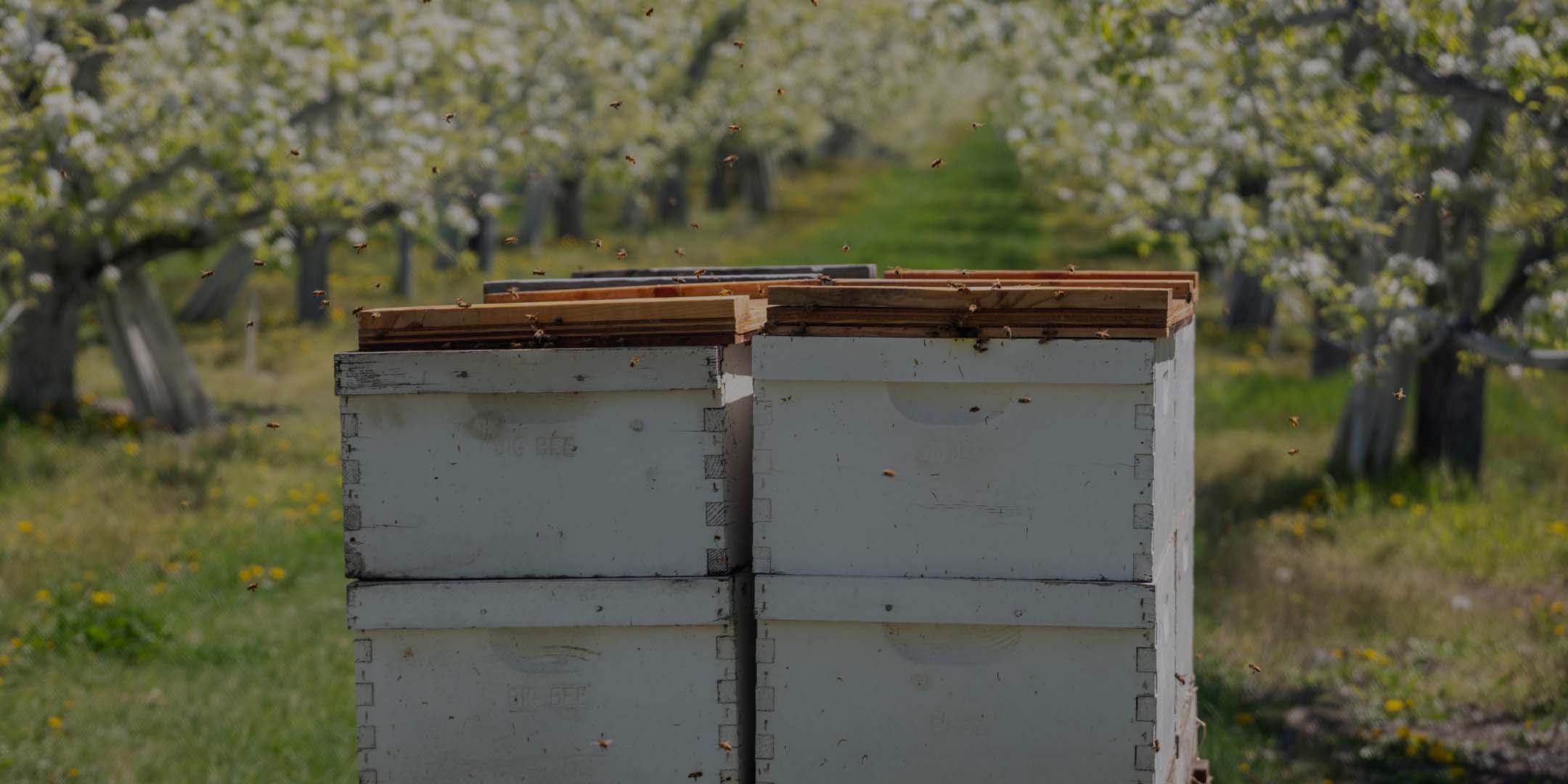
Protecting Our Pollinators
Pollinators like bees, ladybugs and butterflies are one of the most influential and essential elements of a healthy ecosystem. We have designated pollinator habitat sites that are mapped and marked throughout the growing landscape to allow native flowering plants to thrive. This supports optimal conditions for our bee populations and other pollinators to stay abundant and healthy.
We have removed neonicotinoid sprays from all of our operations.
We are also adopting a minimal-disturbance approach by protecting and marking existing sage land, grasslands, woods, and other pre-existing pollinator habitats within our lands with minimal human input to maintain the existing ecosystem.
Farms follow a conservation plan that includes goals to increase habitats and biodiversity in land not used for farming or residential. This includes water quality protection for both ground and surface waters, soil health and biodiversity, native and migratory birds, habitat for native pollinators.

Pollinators
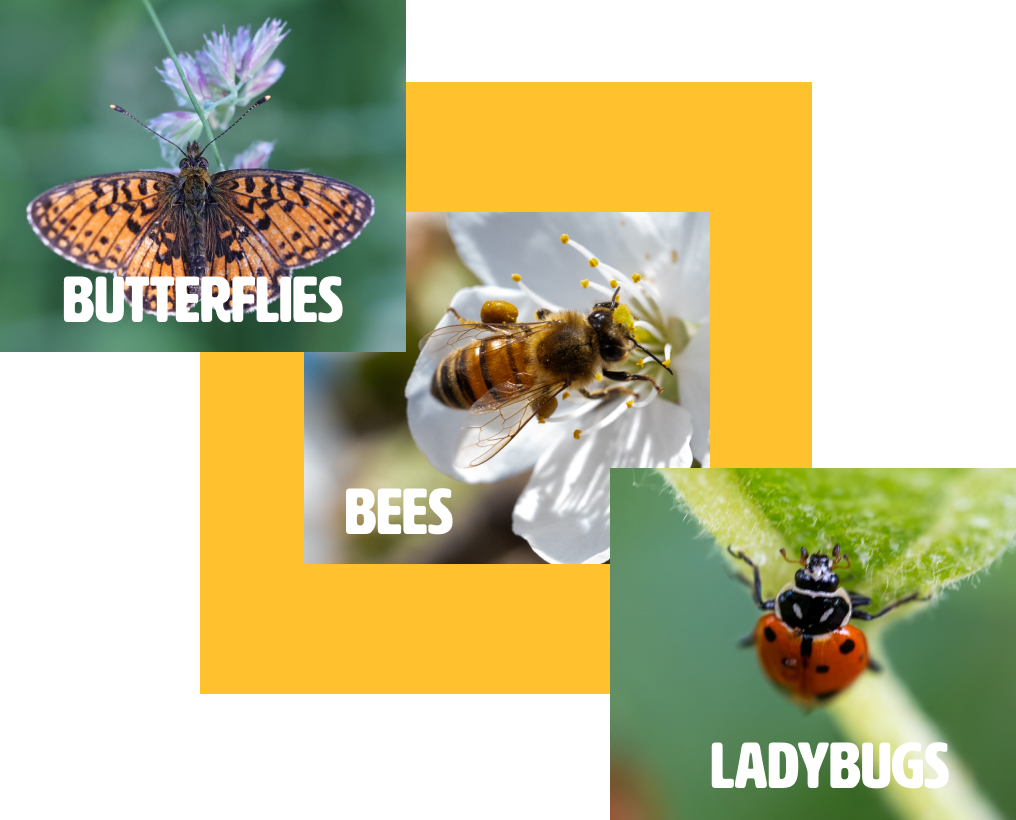
Native Plant Species
Designated pollinator habitat sites throughout the growing landscape allow native flowering plants to thrive.
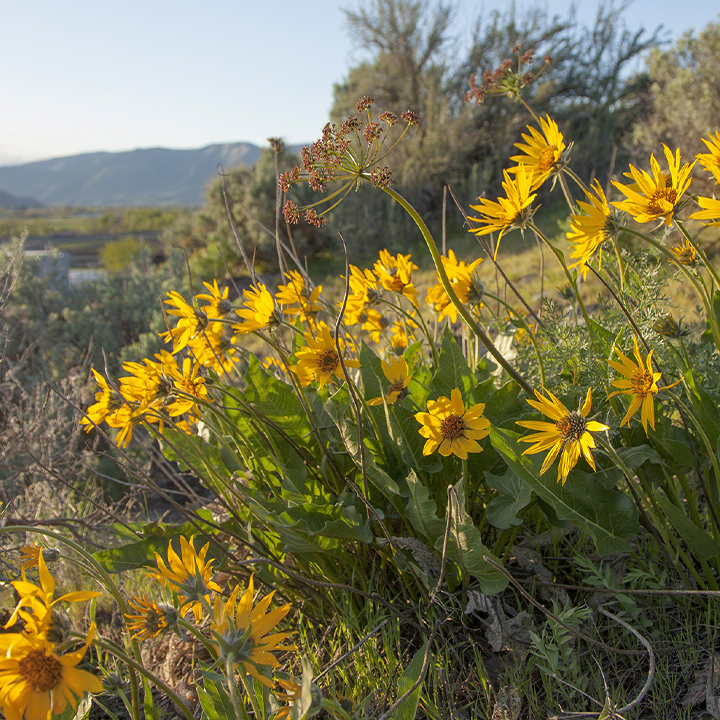

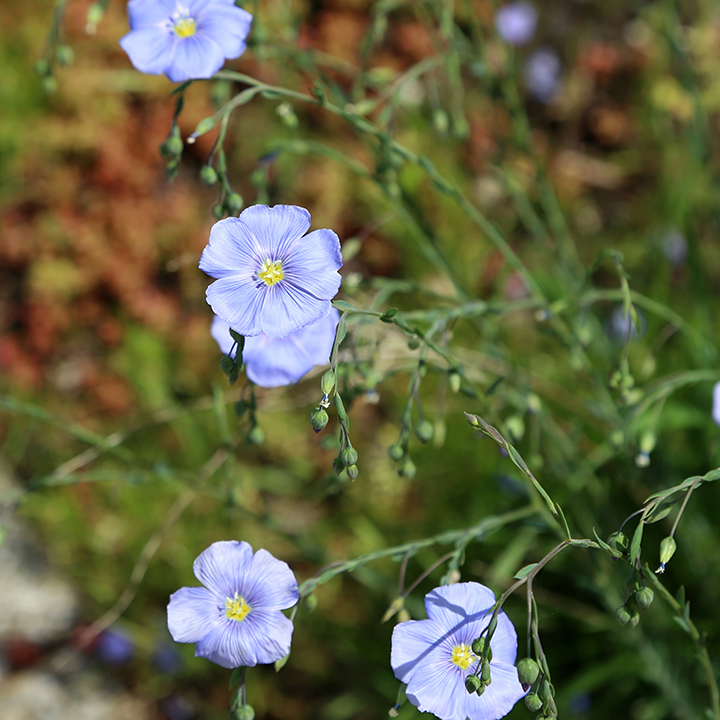
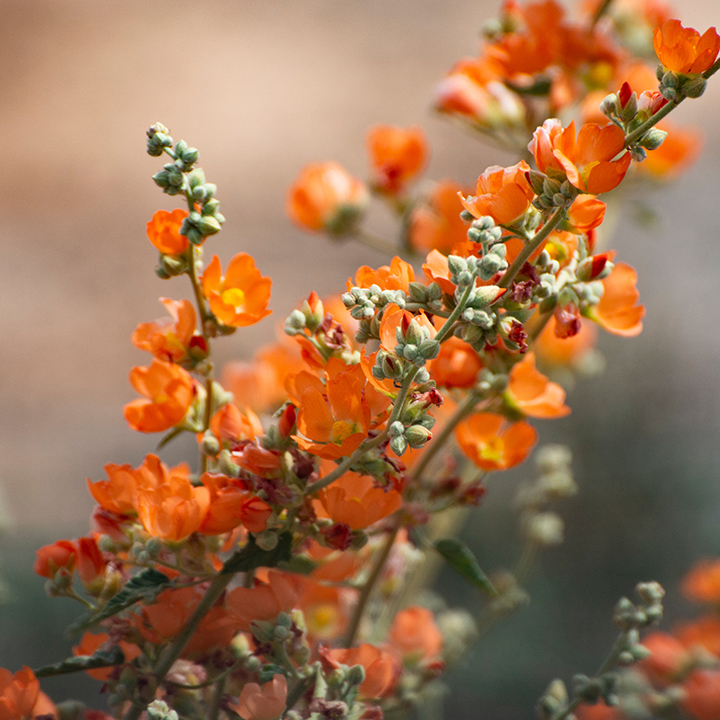
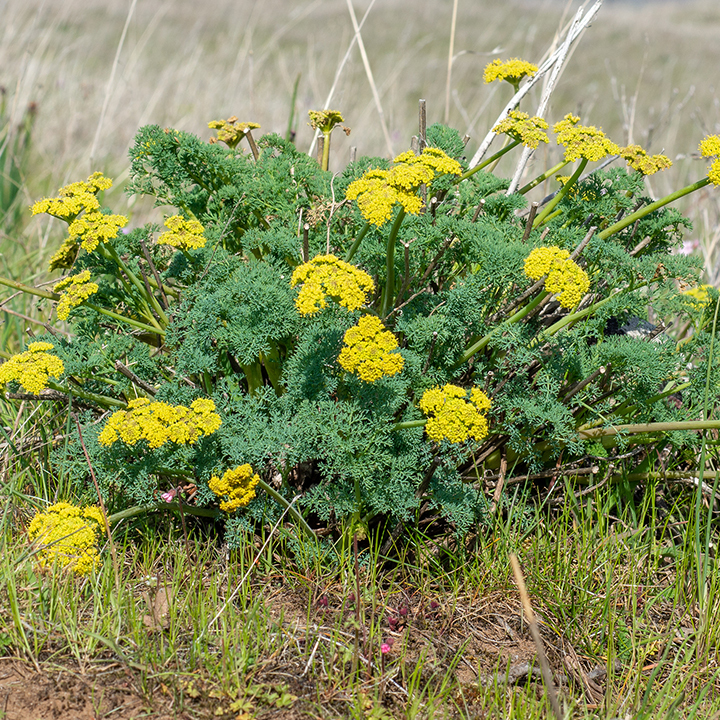
Integrated Pest Management
Thanks to our Integrated Pest Management (IPM) we are able to measure and monitor the population densities and life cycles of harmful and beneficial insects. This ensures beneficial insects, like honey bees, ladybugs, and spiders, flourish and help with pollination and the reduction of pests that damage crops and reduce yields.
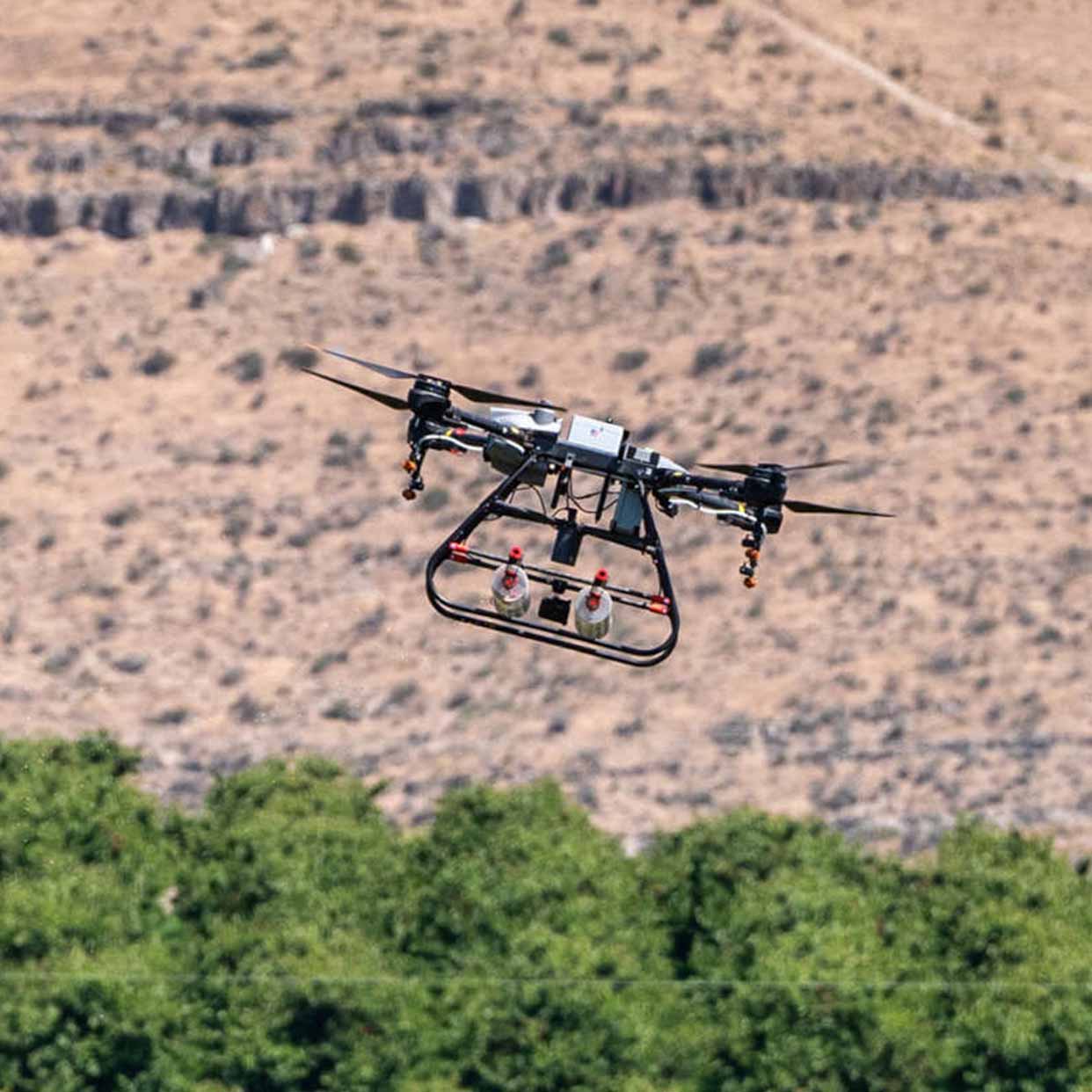
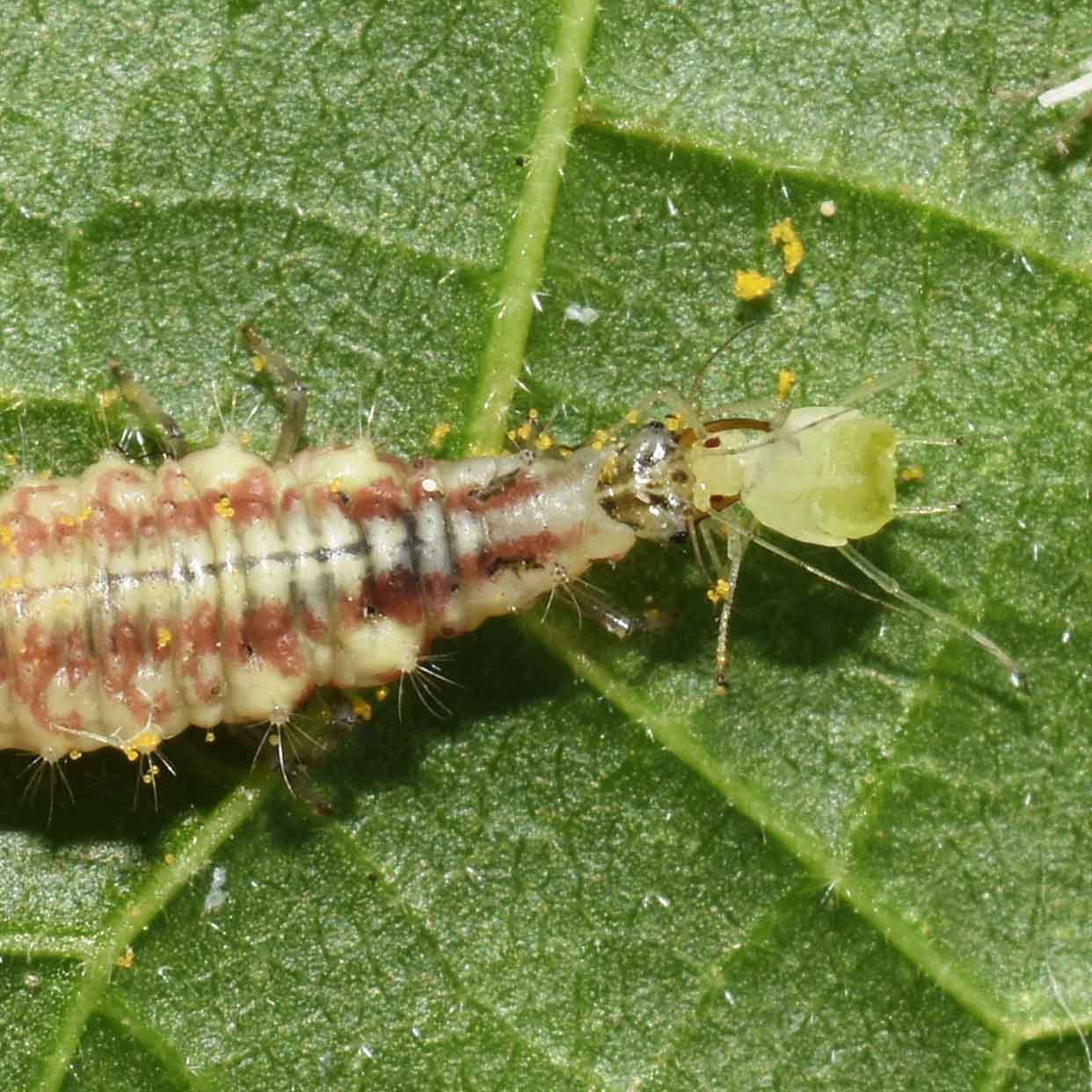
Lacewings are another predator bug that we'll deploy as part of our IPM practices. The larva of these flying insects can be dropped by a drone and are attracted to the odors emanating from trees with aphid "hot spots." Once the beneficial bugs have eaten all of the aphids in the orchard, they'll move on to other farms in the area or nearby trees and forage, always on the hunt for tasty pests.

Clean Energy Powers Our Future
The majority of our power grid in the Pacific Northwest is provided by hydroelectric dams on the Columbia and Snake Rivers. We are supplementing those power sources with other clean energy sources like solar and wind and use EV powered forklifts and other vehicles to reduce our reliance on fossil fuels.
Healthy Soil Through Compost and Water Management
Healthy soil is vital to the proper nutrition and growth of our fruit. By composting we are able to reduce and often eliminate the use of synthetic fertilizers and other inputs. Cover crops and precision irrigation techniques help us maintain optimal soil health for our trees to thrive.
Recycling and Packaging
We source packaging that is compliant with the Sustainable Forest Initiative and the American Forestry and Paper Association certifications. We bring our corrugated packaging full circle by selling used cardboard to manufacturers who turn them into pulp trays that we then reuse in our operations.

Finding Markets for All Fruit
We are helping combat food waste by making sure every piece of fruit we harvest finds a market. It starts with advanced AI optical sorting which helps us define fruit size and quality grade. We then determine if fruit should be directed to supermarkets or processing for juices or slicing. If fruit does not meet the quality requirements for those markets, then we’ll often send it to our cattle ranches for feed, or to our composter to reuse in the orchards next year. We believe every nutrient counts.
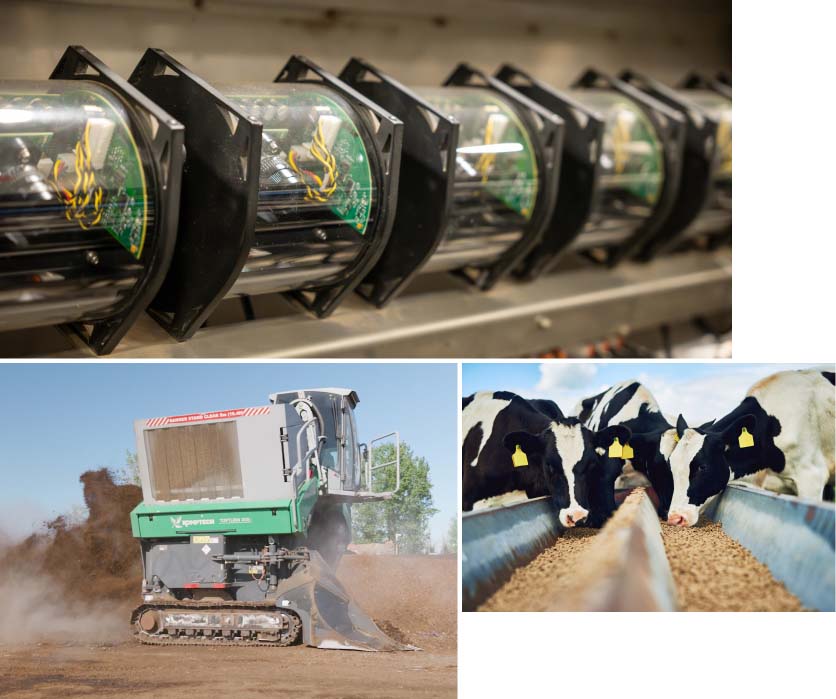
Modern Tools and Technology Drives Efficiency
Cutting-edge technology allows us to accurately manage every aspect of our operation which maximizes efficiency and minimizes waste.
- Precision Sprayers
- AI Sorting
- State-of-the Art Orchard Management
- Remote Monitoring
